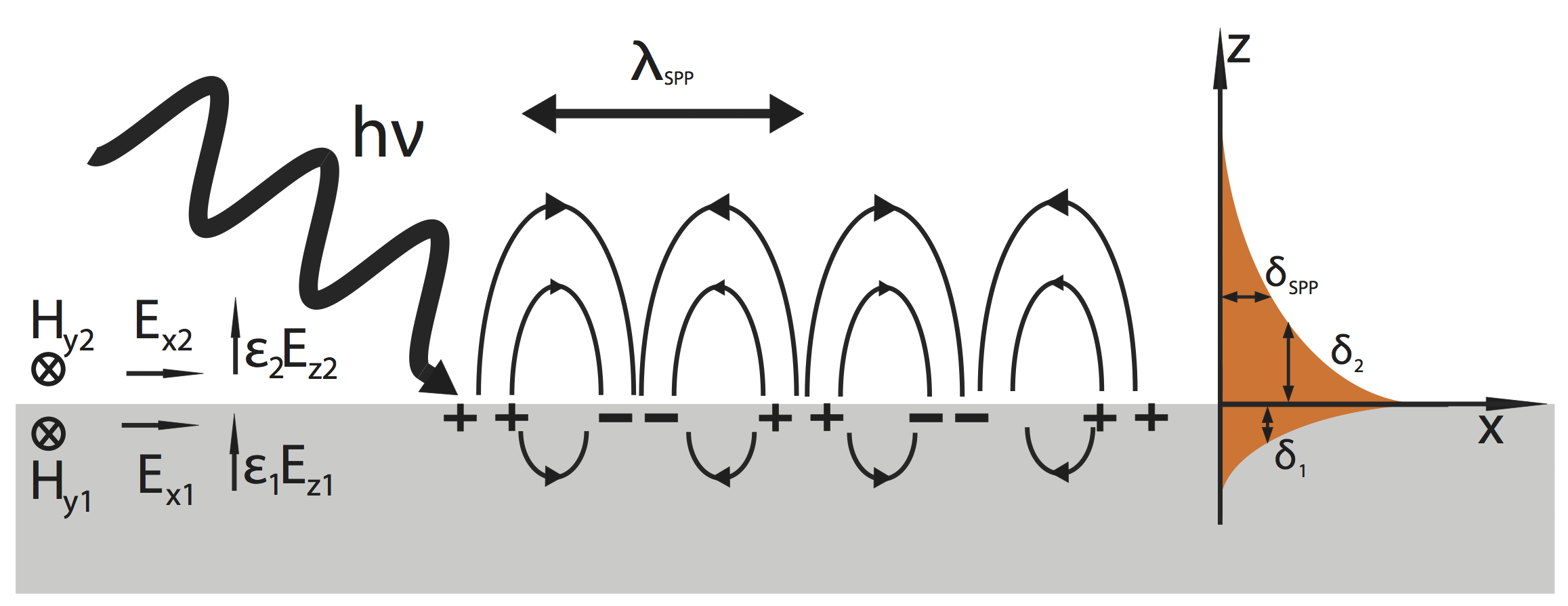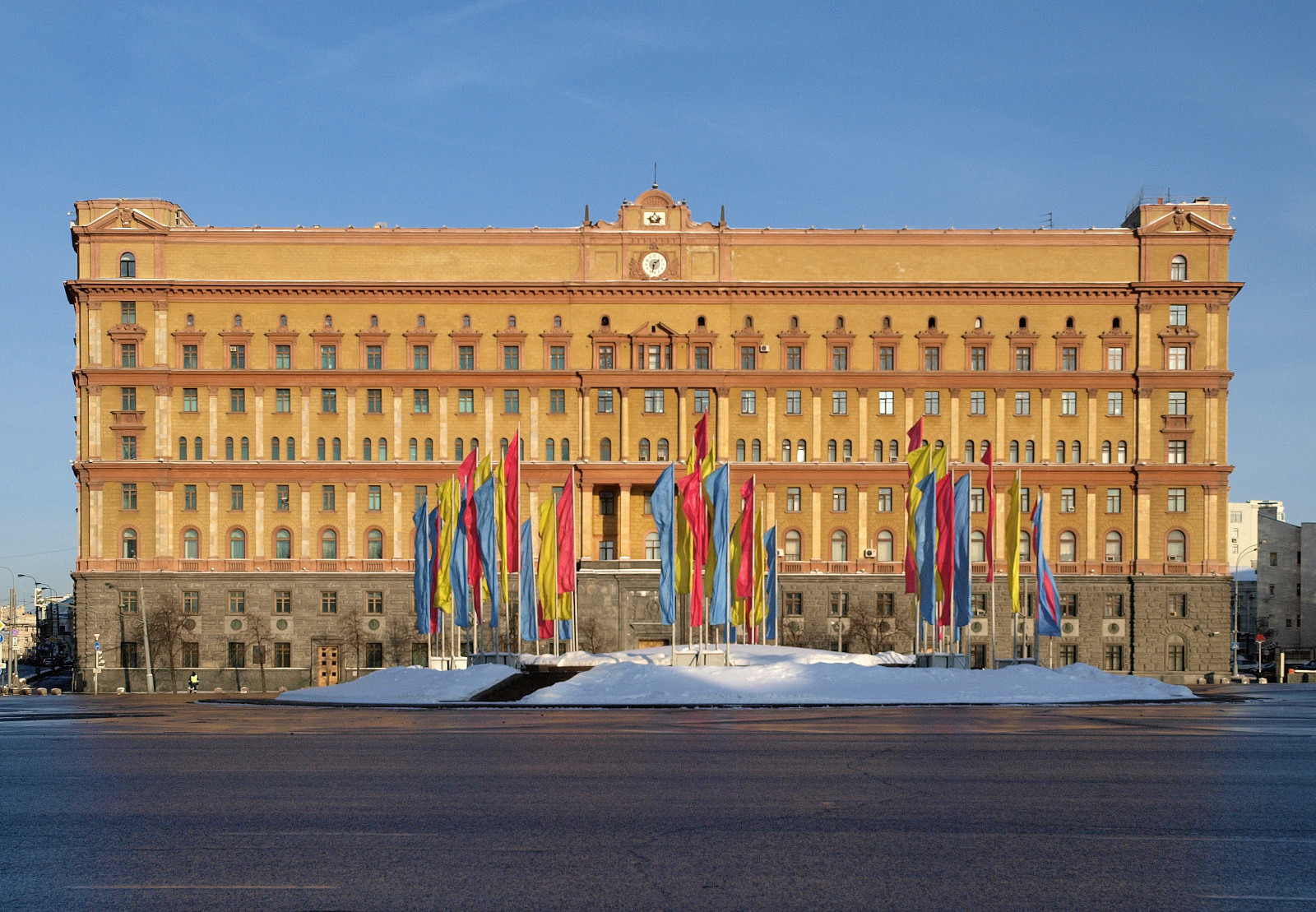|
Oleg Minin
Oleg V. Minin (russian: link=no, Олег Владиленович Минин) was born on March 22, 1960, in Novosibirsk, Academytown, Russia. He is a Russian physicist, a corresponding member of the Russian Academy of Metrology, and a full professor of Physics at the Tomsk Polytechnic University. He is renowned for his contributions to creating new scientific directions, including THz 3D Zone plate, Mechatronics ( mesoscale photonics), hyper cumulative shaped charge, subwavelength structured light, encompassing acoustics and surface plasmon. Biography Oleg V. Minin obtained his M.S. from Novosibirsk State University in 1982. He earned his PhD in physics and mathematics from the Tomsk Institute of Atmospheric Optics in 1987, specialising in radiophysics and quantum physics.Alina Karabchevsky''Development of mesoscale photonics and plasmonics: a tribute to the jubilee of Professors Igor V. Minin and Oleg V. Minin'' SPIE Photonics Europe, 2020. During this period, he also work ... [...More Info...] [...Related Items...] OR: [Wikipedia] [Google] [Baidu] |
Novosibirsk
Novosibirsk (, also ; rus, Новосиби́рск, p=nəvəsʲɪˈbʲirsk, a=ru-Новосибирск.ogg) is the largest city and administrative centre of Novosibirsk Oblast and Siberian Federal District in Russia. As of the Russian Census (2021), 2021 Census, it had a population of 1,633,595, making it the most populous city in Siberia and the list of cities and towns in Russia by population, third-most populous city in Russia. The city is located in southwestern Siberia, on the banks of the Ob River. Novosibirsk was founded in 1893 on the Ob River crossing point of the future Trans-Siberian Railway, where the Novosibirsk Rail Bridge was constructed. Originally named Novonikolayevsk ("New Nicholas") in honor of Emperor Nicholas II, the city rapidly grew into a major transport, commercial, and industrial hub. Novosibirsk was ravaged by the Russian Civil War but recovered during the early Soviet Union, Soviet period and gained its present name, Novosibirsk ("New Siberia"), i ... [...More Info...] [...Related Items...] OR: [Wikipedia] [Google] [Baidu] |
Vladilen F
Vladilen is a Russian masculine given name. People with the name include: * Vladilen Mashkovtsev Vladilen Ivanovich Mashkovtsev (russian: Владилен Иванович Машковцев) (1929–1997) was a Russian poet, writer and journalist. He wrote 15 books published in the Urals and in Moscow. Bibliography Novels * Zolotoy t ... (1929–1997), Russian poet, writer and journalist * Vladilen F. Minin (born 1932), Soviet physicist * Vladilen Nikitin (1936–2021), Soviet Russian engineer and politician * Vladilen Volkov (born 1939), Russian politician * Vladilen Zakharov (born 1994), Russian ice hockey player {{given name Russian masculine given names ... [...More Info...] [...Related Items...] OR: [Wikipedia] [Google] [Baidu] |
Astrophysical Jet
An astrophysical jet is an astronomical phenomenon where outflows of ionised matter are emitted as an extended beam along the axis of rotation. When this greatly accelerated matter in the beam approaches the speed of light, astrophysical jets become relativistic jets as they show effects from special relativity. The formation and powering of astrophysical jets are highly complex phenomena that are associated with many types of high-energy astronomical sources. They likely arise from dynamic interactions within accretion disks, whose active processes are commonly connected with compact central objects such as black holes, neutron stars or pulsars. One explanation is that tangled magnetic fields are organised to aim two diametrically opposing beams away from the central source by angles only several degrees wide Jets may also be influenced by a general relativity effect known as frame-dragging. Most of the largest and most active jets are created by supermassive black holes (S ... [...More Info...] [...Related Items...] OR: [Wikipedia] [Google] [Baidu] |
Freezing
Freezing is a phase transition where a liquid turns into a solid when its temperature is lowered below its freezing point. In accordance with the internationally established definition, freezing means the solidification phase change of a liquid or the liquid content of a substance, usually due to cooling. For most substances, the melting and freezing points are the same temperature; however, certain substances possess differing solid-liquid transition temperatures. For example, agar displays a hysteresis in its melting point and freezing point. It melts at 85 °C (185 °F) and solidifies from 32 °C to 40 °C (89.6 °F to 104 °F). Crystallization Most liquids freeze by crystallization, formation of crystalline solid from the uniform liquid. This is a first-order thermodynamic phase transition, which means that as long as solid and liquid coexist, the temperature of the whole system remains very nearly equal to the melting point due to the slow re ... [...More Info...] [...Related Items...] OR: [Wikipedia] [Google] [Baidu] |
Magnus Effect
The Magnus effect is an observable phenomenon commonly associated with a spinning object moving through a fluid. The path of the spinning object is deflected in a manner not present when the object is not spinning. The deflection can be explained by the difference in pressure of the fluid on opposite sides of the spinning object. The Magnus effect is dependent on the speed of rotation. The most readily observable case of the Magnus effect is when a spinning sphere (or cylinder) curves away from the arc it would follow if it were not spinning. It is often used by association football and volleyball players, baseball pitchers, and cricket bowlers. Consequently, the phenomenon is important in the study of the physics of many ball sports. It is also an important factor in the study of the effects of spinning on guided missiles—and has some engineering uses, for instance in the design of rotor ships and Flettner aeroplanes. Topspin in ball games is defined as spin about a ho ... [...More Info...] [...Related Items...] OR: [Wikipedia] [Google] [Baidu] |
Fano Resonance
In physics, a Fano resonance is a type of resonant scattering phenomenon that gives rise to an asymmetric line-shape. Interference between a background and a resonant scattering process produces the asymmetric line-shape. It is named after Italian-American physicist Ugo Fano, who in 1961 gave a theoretical explanation for the scattering line-shape of inelastic scattering of electrons from helium; however, Ettore Majorana was the first to discover this phenomenon. Because it is a general wave phenomenon, examples can be found across many areas of physics and engineering. History The explanation of the Fano line-shape first appeared in the context of inelastic electron scattering by helium and autoionization. The incident electron doubly excites the atom to the 2s2p state, a sort of shape resonance. The doubly excited atom spontaneously decays by ejecting one of the excited electrons. Fano showed that interference between the amplitude to simply scatter the incident electron and t ... [...More Info...] [...Related Items...] OR: [Wikipedia] [Google] [Baidu] |
Geometrical Optics
Geometrical optics, or ray optics, is a model of optics that describes light propagation in terms of ''rays''. The ray in geometrical optics is an abstraction useful for approximating the paths along which light propagates under certain circumstances. The simplifying assumptions of geometrical optics include that light rays: * propagate in straight-line paths as they travel in a homogeneous medium * bend, and in particular circumstances may split in two, at the interface between two dissimilar media * follow curved paths in a medium in which the refractive index changes * may be absorbed or reflected. Geometrical optics does not account for certain optical effects such as diffraction and interference. This simplification is useful in practice; it is an excellent approximation when the wavelength is small compared to the size of structures with which the light interacts. The techniques are particularly useful in describing geometrical aspects of imaging, including optical aberra ... [...More Info...] [...Related Items...] OR: [Wikipedia] [Google] [Baidu] |
Surface Plasmon
Surface plasmons (SPs) are coherent delocalized electron oscillations that exist at the interface between any two materials where the real part of the dielectric function changes sign across the interface (e.g. a metal-dielectric interface, such as a metal sheet in air). SPs have lower energy than bulk (or volume) plasmons which quantise the longitudinal electron oscillations about positive ion cores within the bulk of an electron gas (or plasma). The charge motion in a surface plasmon always creates electromagnetic fields outside (as well as inside) the metal. The ''total'' excitation, including both the charge motion and associated electromagnetic field, is called either a surface plasmon polariton at a planar interface, or a localized surface plasmon for the closed surface of a small particle. The existence of surface plasmons was first predicted in 1957 by Rufus Ritchie. In the following two decades, surface plasmons were extensively studied by many scientists, the foremost o ... [...More Info...] [...Related Items...] OR: [Wikipedia] [Google] [Baidu] |
Lens
A lens is a transmissive optical device which focuses or disperses a light beam by means of refraction. A simple lens consists of a single piece of transparent material, while a compound lens consists of several simple lenses (''elements''), usually arranged along a common axis. Lenses are made from materials such as glass or plastic, and are ground and polished or molded to a desired shape. A lens can focus light to form an image, unlike a prism, which refracts light without focusing. Devices that similarly focus or disperse waves and radiation other than visible light are also called lenses, such as microwave lenses, electron lenses, acoustic lenses, or explosive lenses. Lenses are used in various imaging devices like telescopes, binoculars and cameras. They are also used as visual aids in glasses to correct defects of vision such as myopia and hypermetropia. History The word ''lens'' comes from '' lēns'', the Latin name of the lentil (a seed of a lentil plant), b ... [...More Info...] [...Related Items...] OR: [Wikipedia] [Google] [Baidu] |
Plasma Antenna
A plasma antenna is a type of radio antenna currently in development in which plasma is used instead of the metal elements of a traditional antenna.'Stealth' Antenna Made Of Gas, Impervious To Jamming science20.com, published 2007-11-12, accessed 2010-12-14 A plasma antenna can be used for both transmission and .Plasma Antenna Center for Remote Sensing, ac ... [...More Info...] [...Related Items...] OR: [Wikipedia] [Google] [Baidu] |
Federal Security Service
The Federal Security Service of the Russian Federation (FSB) RF; rus, Федеральная служба безопасности Российской Федерации (ФСБ России), Federal'naya sluzhba bezopasnosti Rossiyskoy Federatsii, fʲɪdʲɪˈralʲnəjə ˈsluʐbə bʲɪzɐˈpasnəstʲɪ rɐˈsʲijskəj fʲɪdʲɪˈratsɨɪ) is the principal security agency of Russia and the main successor agency to the Soviet Union's KGB; its immediate predecessor was the Federal Counterintelligence Service (FSK) which was reorganized into the FSB in 1995. The three major structural successor components of the former KGB that remain administratively independent of the FSB are the Foreign Intelligence Service (SVR), the Federal Protective Service (FSO), and the Main Directorate of Special Programs of the President of the Russian Federation (GUSP). The primary responsibilities are within the country and include counter-intelligence, internal and border security, counter-terr ... [...More Info...] [...Related Items...] OR: [Wikipedia] [Google] [Baidu] |
Igor V
Igor may refer to: People * Igor (given name), an East Slavic given name and a list of people with the name * Mighty Igor (1931–2002), former American professional wrestler * Igor Volkoff, a professional wrestler from NWA All-Star Wrestling * Igorrr, (born 1984) a French musician Fictional characters * Igor (character), a stock character * Igor Karkaroff, character in the ''Harry Potter'' series * Igor, the eagle in ''Count Duckula'' * Igor, the first enemy character in fighting game ''Human Killing Machine'' * Igor, a baboon with shape-shifting powers in Marvel comics (see List of fictional monkeys) * Igor, a reoccurring character in the ''Persona'' series * Igor, a character in ''Young Frankenstein'' * Igor Nevsky, an assassin in ''Air Force One'' (film) Arts, entertainment, and media * ''Igor'' (album), a 2019 album by Tyler, The Creator * ''Igor'' (film), a 2008 American animated film * '' Igor: Objective Uikokahonia'', a 1994 Spanish MS-DOS PC video game released C ... [...More Info...] [...Related Items...] OR: [Wikipedia] [Google] [Baidu] |






